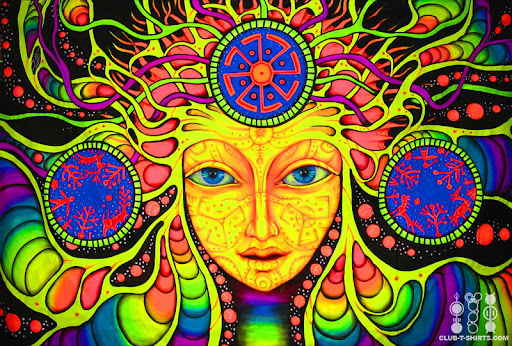Omdat we toch al op de goddelijke toer zijn, Sadistic goes Yarilo.
& Ja, dat heeft een betekenis. :')

Jarilo was a fairly typical life-death-rebirth deity, believed to be (re)born and killed every year. His mythical life cycle followed the yearly life of various wheat plants, from seeding through vegetation to harvest.
Jarilo was a son of the supreme Slavic god of thunder, Perun, his lost, missing, tenth son, born on the last night of February, the festival of Velja Noć (Great Night), the pagan Slavic celebration of the New Year. On the same night, however, Jarilo was stolen from his father and taken to the world of dead, where he was adopted and raised by Veles, Perun's enemy, Slavic god of the underworld and cattle. The Slavs believed the underworld to be an ever-green world of eternal spring and wet, grassy plains, where Jarilo grew up guarding the cattle of his stepfather. In the mythical geography of ancient Slavs, the land of dead was assumed to lie across the sea, where migrating birds would fly every winter.
With the advent of spring, Jarilo returned from the otherworld, that is, from across the sea, into the living world, bringing spring and fertility to the land. Spring festivals of Jurjevo/Jarilo that survived in later folklore celebrated his return. Katičić identified a key phrase of ancient mythical texts which described this sacred return of vegetation and fertility as a rhyme hoditi/roditi (to walk/to give birth to), which survived in folk songs:
...Gdje Jarilo hodi, tu vam polje rodi...
"...Where Jarilo walks, there your field gives birth..."
Bloedspetters besmeuren de muren van de ruïnes, van iets wat men ooit een beschaving noemde maar al lang is vernietigt.





